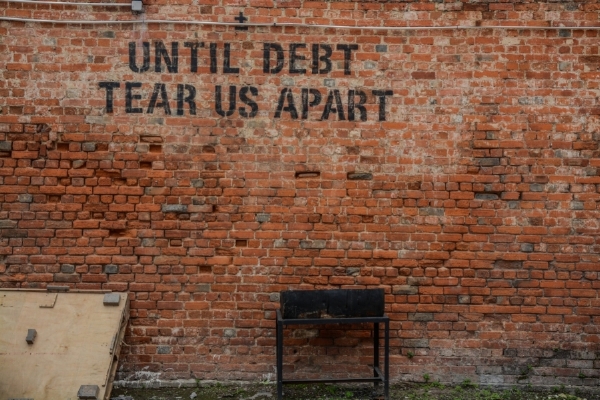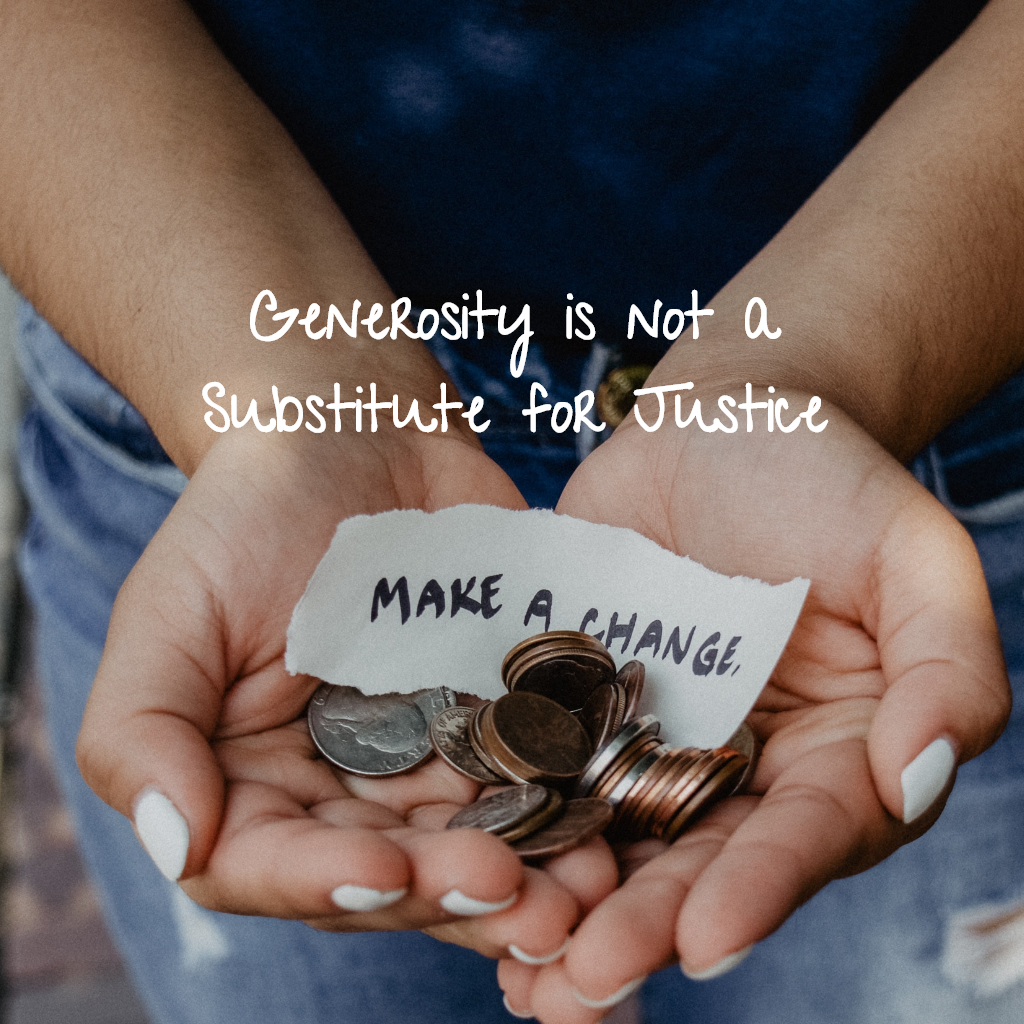Money, Creative Work and Alternative Business Models
/This is sort of an continuation of the thoughts I've shared in my previous article on Art as Labor.
Money Beliefs & Business Models rooted in social Justice
Most of us who have worked as arts professionals know the struggle and massive stress to respond to budget cuts, project work and shortage of staff. Managing cultural organisations in a sustainable way and paying the staff and all the collaborators a fair wage seems unfortunately an exception to the rule. That said, there are people in the arts making a decent living and finding their work deeply meaningful. It just seems that we don't talk enough about numbers in the arts. Well, let's say arts journalism is obsessed with numbers if they indicate large-scale sales but we rarely talk about salaries, real budgets and what we would really need to make the numbers work. It looks like we've developed an unhealthy relationship between money and creative work. It is almost as if we believe that creative work looses it's purity if we get financially compensated. Many job ads don't even bother to put the salary in the description.
Even nowadays, people actually celebrate the "poor creative" lifestyle and how innovative it makes them. It makes me cringe when people feed into the myth of the starving creative and it's actually really troubling for the people who are actually poor. Never confuse being broke, and still being able to rely on your family (even if your worst case scenario looks like going back to live with your parents), and being poor (not being able to pay your debt, health insurance and feeling its consequences in your mental and physical wellbeing).
As I've been doing quite a bit consulting work and have been talking to big creative companies and emerging artists I've been thinking a lot about sustainability in creative businesses lately. Not necessarily about what a successful business model looks like, as this is a question that everyone might answer differently. I'm rather more interested in policies and the ecosystem of a business model. And when I talk about a business model I mean the backbone of why "things" are started and what keeps them going (if you rather don't want to call it business use another term; I've noticed that folks in the creative and museum community struggle with this word, as it has been associated with a certain attitude) including artists who chose to be self-employed, freelancers, small business owners, and museums (in particular private museums, as they are most likely run like a business and we should talk more about it) or any other company.
Matina Magkou wrote recently on Arts Professionals about the challenges arts professionals face mentioning adapting to financial cuts and thinking outside the box in business term, even though many professionals are still not aware that business skills are in increasing demand. She mentioned a few interesting sources like Creative Business Models: Insights into the Business Models of Cultural Centers in Trans Europe Halles that provides some examples of how cultural organisations have achieved to think outside the box. Furthermore, she mentioned that Creative Lenses is currently working on this and developing a specific methodology to address business model innovation for arts and cultural organisations. And, To sell or not to sell?, an IETM publication, giving insights into the differences between business models in the cultural and creative sector and traditional businesses
Success in a business is usually connected with numbers and constant growth but in the long run businesses are part of industries and built legacies, nourish ideas and establish or disrupt how things are done. I'm currently very interested in creative models that nourish their business site and are able to define their values. I stumbled across the podcast episode on the "What works" podcast. The host talks to Jennifer Armbrust, founder of Sister and the Feminist Business School about a different approach of business that is centered around values, social justice and community. (You can listen to this fascinating conversation here). This episode, reading Sara Ahmed (around diversity and institutional change) and lots of other encounters and sources (visit La Tanya S. Autry's valuable Museums Social Justice & Museums Resource List) made me think about the policy and the values of a museum/ business/ organization rooted in justice, following the principles of diversity and striving for financial abundance. I've been thinking about these questions in particular:
What structures are put in place to check the behavior of those in power?
What does ‘growth’ mean for the business? Is this growth based on exploitation and reinforcing hierarchies of privilege?
How is the idea of ‘diversity’ implemented in the business? Do they really embrace practices of inclusion and equity that give ‘diversity’ meaning?
In what ways does the business challenge the status quo?
In what ways does it support it?
How are decisions made?
What does ‘productivity’ mean and how does it translate in the business?
Who benefits most of growth and attention?
To whom is the business accountable to and what does this mean for the business?
Which ideas and values does the business nourish?
What does success look like that is rooted in community, justice, and still follows an abundant financial vision?
Which stories are embraced around sustainability, leadership and accountability?
What does the work culture within the business look like?
Does the business hold space for wellbeing?
How are mistakes treated? Is there a space for reflection?
What does a transperent business model look like?
How can we thrive without compromising our creative integrity and political beliefs?
What are default "inherited" behaviors ("it's always been done like that") in how this business is run and should they be questioned (like museums should be neutral)?
Does the business hold space for innovative or even disruptive ideas? What does it look like?
Sacrification won't necessarily be rewarded
There is still this myth connected to creative work, that in order to achieve success and creative glory you have to suffer enough until you will be rewarded. Putting the work in is not the same as forcing your way to success. Actually, success does rarely look like a linear path where you do A in order to get to B. Setting boundaries in your career path is not a sign of weakness, all the contrary, you show that you're organized and capable of prioritizing. If your ambition isn't rooted in self-care it won't last long.
Let's talk about our workload and about our to do lists and how we feel the need to reward ourselves for work we've done (which is totally legitimate) but the problem starts when we start to wear constant busyness and exhaustion as a batch of honor. Can we once and for all smash the myth that depriving yourself of sleep makes you look like a productivity hero, cause it doesn't! We need more balance. Life consists not just of work and rewarding yourself for work. If you start to feel guilty because you sleep in, prioritize self-care, meet a friend for a coffee or need a full day of pajamas and books, the priorities are out of balance. Separate self-care and things that you need for your sanity and to nourish your wellbeing from the belief that they are rather surplus treats that you have to be worthy of after accomplishing a certain task. Being immersed right now in a period of large-scale projects I am very sensitive to strive for balance.
Unpaid labor is an investment
Every time we chose (in the best case) or are asked to work for free it is an investment. Unpaid labor that actually substitutes paid staff, and that people commit to with the belief that they will get rewarded with success on a later point, is a dangerous path. It doesn't come cheap for the person agreeing or having to agree to such terms, and replacing paid staff with volunteer and other unpaid positions changes a whole industry. Institutions with unpaid roles assume that the person is actually able to rely on resources or is being cared for through their community. It puts pressure on candidates who can't rely on these structures and need to work other jobs to afford to work for free or simply can't take the "job". In an industry, such as the art world, unpaid work becomes often a way to buy your way into a network which might translate into future work opportunities.
But unpaid work is unfortunately not exclusive to entry level positions, art and museum professionals are confronted with being asked to do unpaid work for the sake of a greater cause, proving their true passion, or education purposes. It sometimes feels like people are shamed into the position with beliefs that young professionals have to pay their dues or that senior staff did unpaid labor. As if you have to prove how much you want to belong to this community and how much you're willing to sacrifice. This has nothing to do with a professional work environment and creates a toxic work culture. And let me make clear that I'm not arguing against volunteers, they are pillars of our society and I respect every person who commits to a bigger cause. But we should understand that volunteering and to work for free in a professional environment are two different things that shouldn't be mixed.
A few weeks ago I read an unapologetic blog post on F Yeah History on How Unpaid Work Is Killing Off Museums. The sentiments in the article were sparked by a a job advert at the Victoria and Albert Museum for an unpaid voluntary curatorial role. "But we can’t carry on staying quiet every other time this happens. Because our reliance on these voluntary roles will inevitably end up killing our sector." I share this feeling and think we should start as many conversations as possible and implement them in our institutions about what sustainable work looks like as an arts and museum professional. And the conversation should not just include unpaid work, it deals with all the facets of creative work: long working hours, temporary contracts, better guidance for emerging professionals, our problem with not including enough people from a variety of backgrounds, the hierarchies in the art world, access to a network, and the lack of a stronger museum/art work lobby that sets standards across the industry.













